Visit to the emblematic monuments of Hasekura and Maximo Gomez. Havana-Cuba//Visita a los emblemáticos monumentos de Hasekura y Máximo Gómez. La Habana-Cuba
English Version
Hello friends! This time we will visit two emblematic monuments of Havana. The Hasekura Monument and the Máximo Gómez Monument. Both are located in the busy and legendary historic centre of the city. I hope you like them.
Hasekura Monument
This sculptural complex was made in 2017 by the outstanding Japanese sculptor Tsuchiya Mizuho in memory of the first Japanese who visited the island, Hasekura Tsunenaga. He visited Cuba in the second decade of the 17th century during a stopover on his way to Europe. I will give a brief outline of who Haekura was. Born in 1571, he was a Japanese samurai who served Date Masamune, the daimyo (feudal lord) of Sendai. He was a prominent diplomat who led missions to America and Europe, and was the first Japanese officer sent to the New Continent. The monument is located next to the emblematic Avenida del Puerto just in front of the Morro-Cabaña fortress.
Entrance of the Memorial

At the entrance of the memorial there is another grey granite monolith with a bronze plaque with the history of the samurai and the construction of the memorial.

From the entrance, a pathway made of granite slabs and cemented boulders leads to the sculpture.
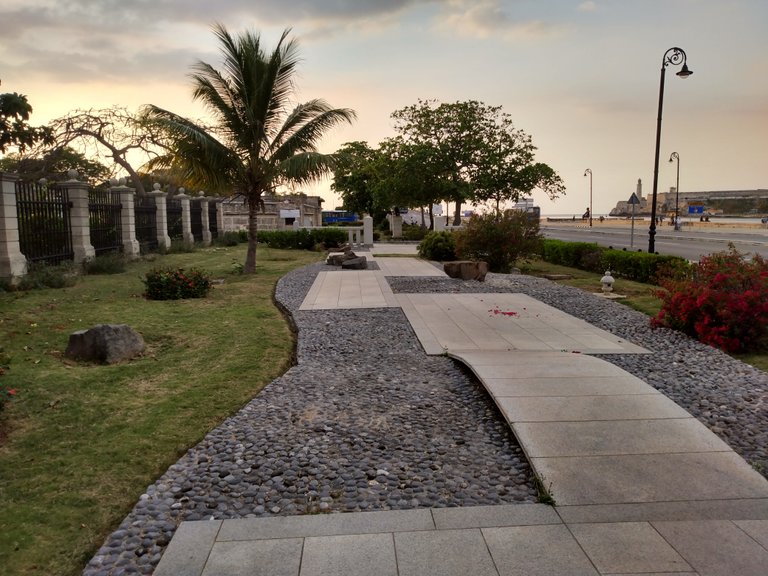
The sculpture of the samurai was cast in bronze and rests on a grey granite monolith. The sculpture weighs 250 kg and is 1.75 metres high.

On the lower part of the pedestal there are two small bronze plaques, one commemorating the fraternal friendship between the peoples of Japan and Cuba, and the other referring to the donation of the Japanese people to the Cuban government in the year 2001.
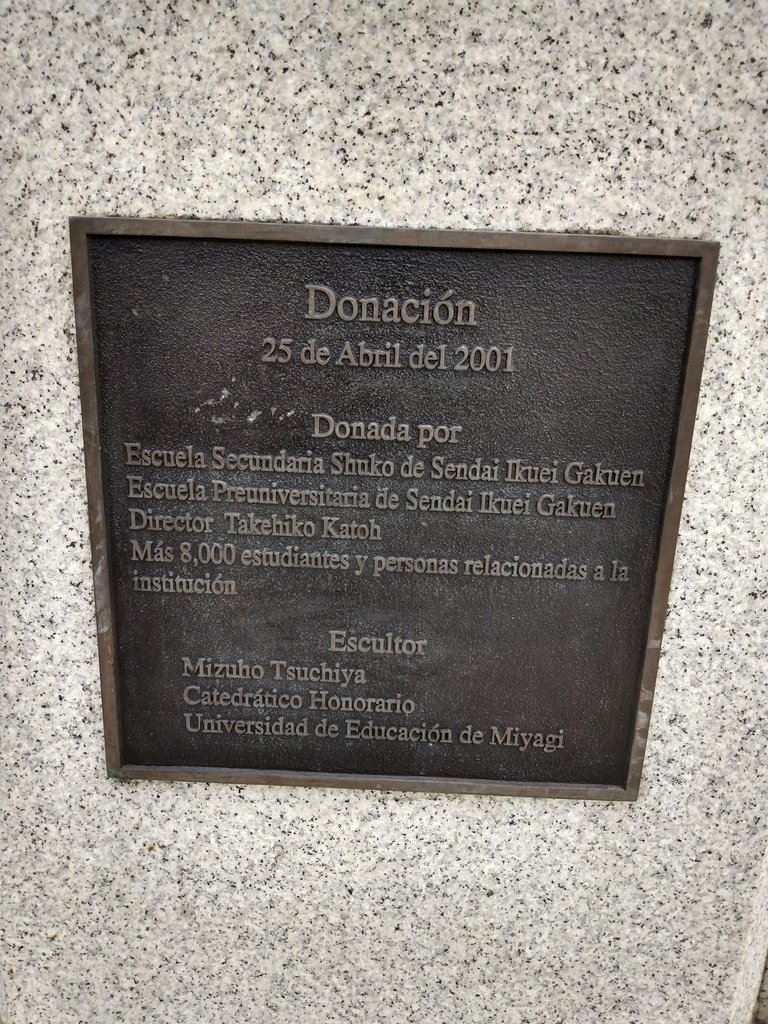

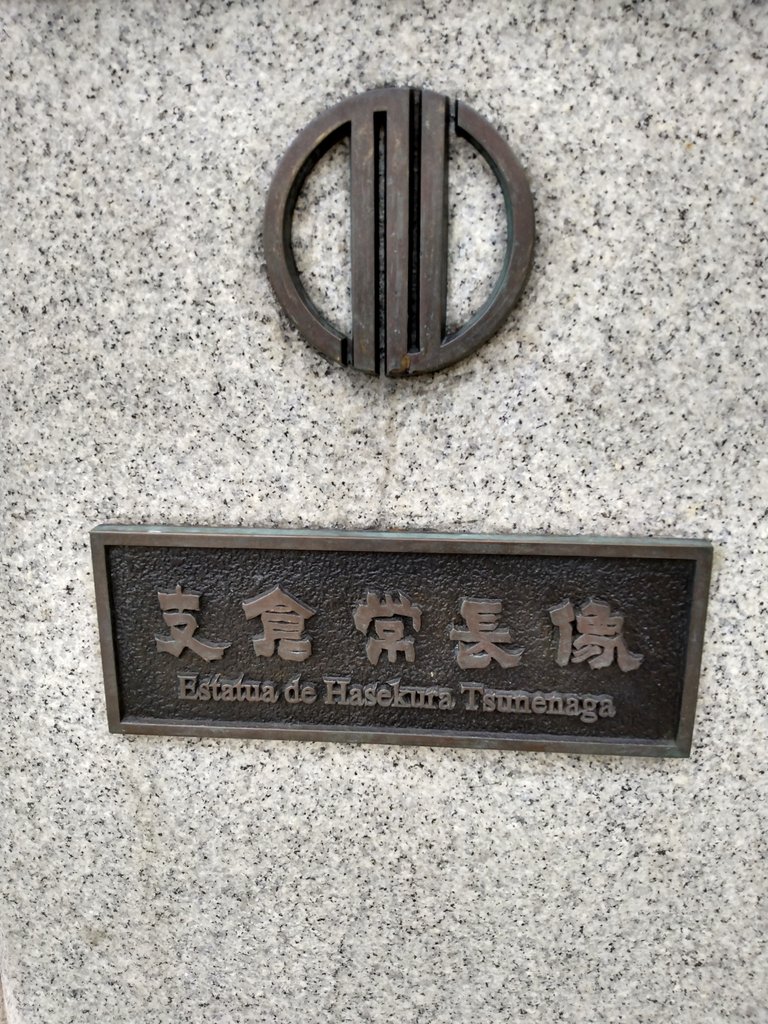
On the floor there are two arrows that start from the monolith of the sculpture and indicate the distances in kilometres from this site to the cities of Sendai and Rome.
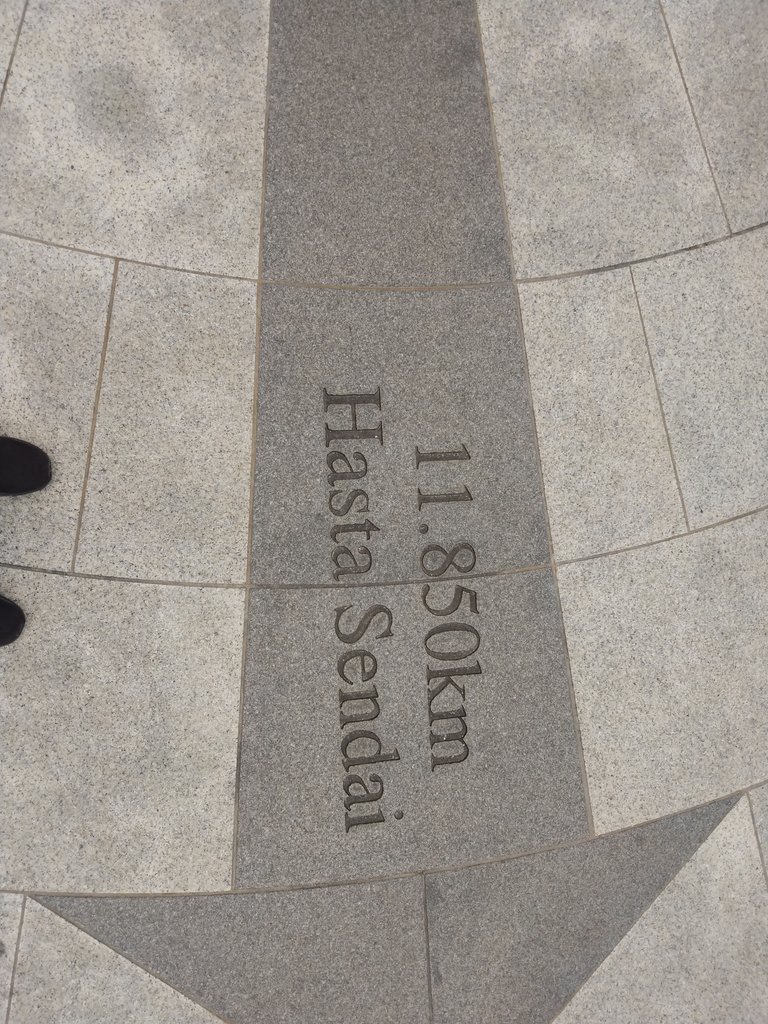
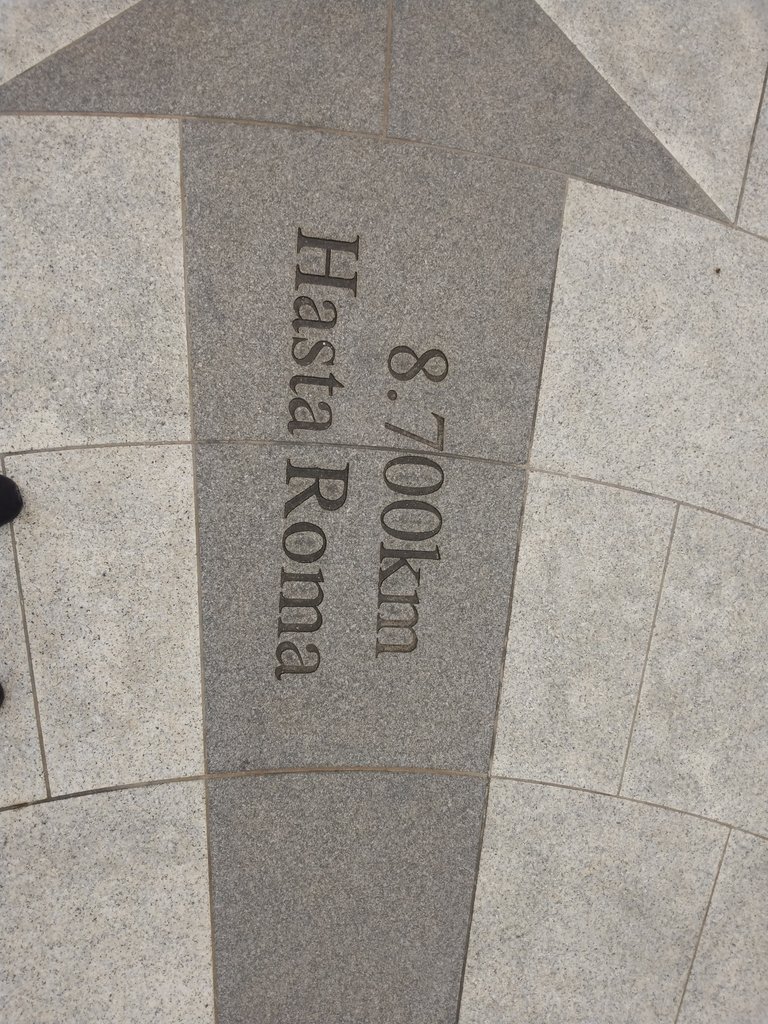
Surrounding the memorial are four granite monoliths representing the four seasons of the year and depicting the celebrations of the Asian people in each season.
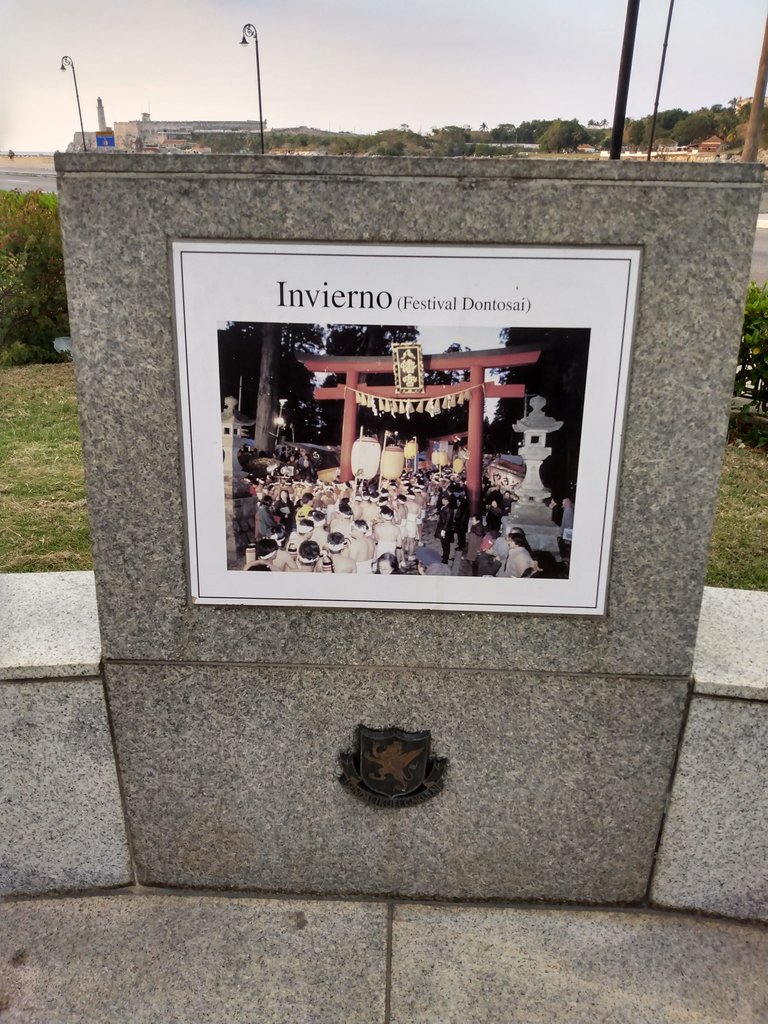

There are also some blocks of volcanic rock representing fragments that were taken from the Sendai Castle Wall from where he started his journey.
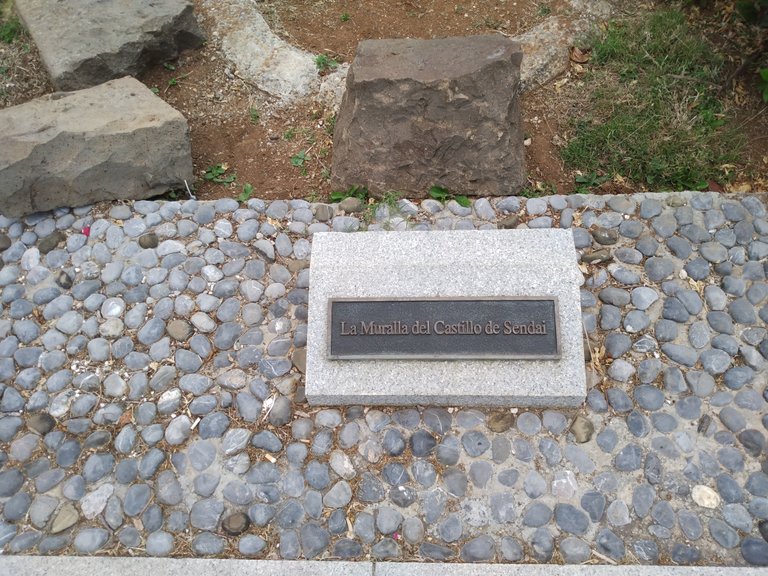
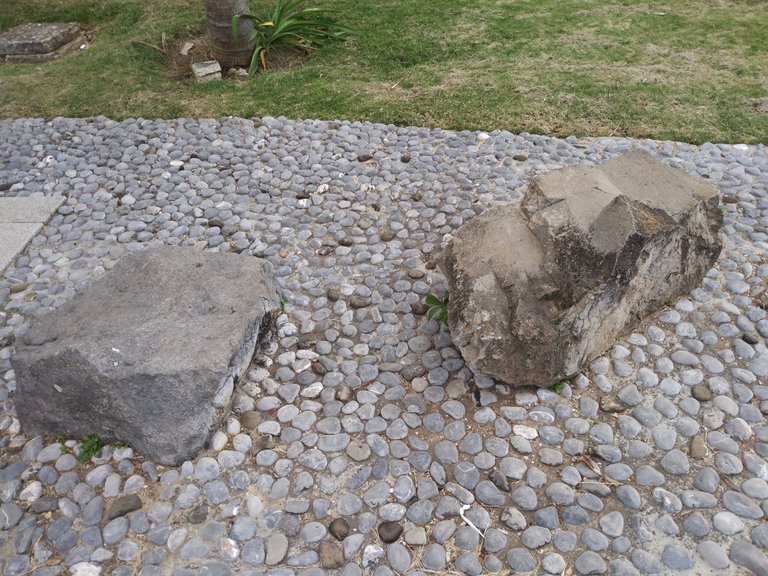
Maximo Gomez Monument
About 250 metres east of the Hasekura Monument and very close to the entrance to the Havana Tunnel we find a beautiful monument dedicated to the Dominican General Máximo Gómez, who was the main leader of the Cuban liberation army. This monument was designed by the Italian sculptor Aldo Gamba, who was the winner of a competition to determine the designer of the work.
The monument is characterised by a pyramidal structure in a classical style combining materials such as white marble and bronze. The main body of the monument rests on a large platform that serves as a base and three steps that ascend towards it, as well as extending forward to form pools of water.
The statue depicts Máximo Gómez dressed in his campaign costume, holding a hat in his right hand and a sabre in his belt. His horse is raised on its two hind legs in a fighting stance, while the Generalissimo is gazing at the horizon, showing his pride in the battle he has fought.


General views of the Monument
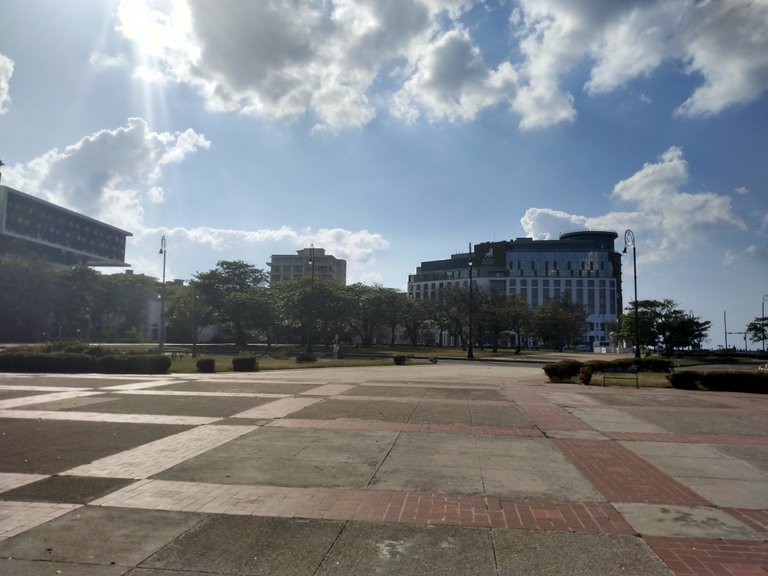
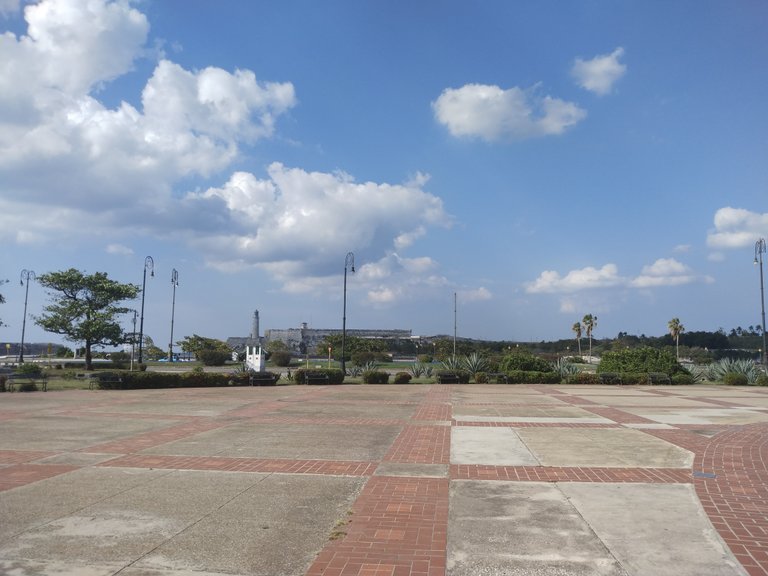


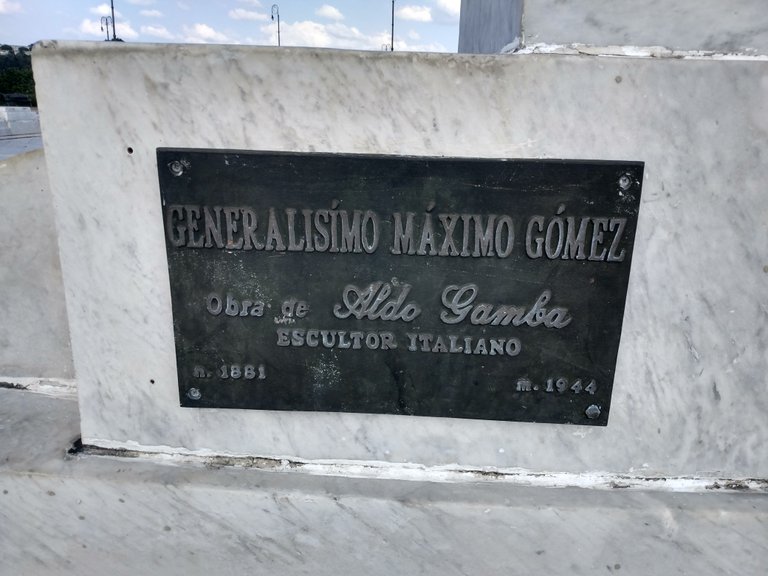
Friends, this is the end of our tour of these interesting sculptural ensembles in the Cuban capital. I invite you to visit them when you come to Havana. Thanks for reading. Greetings and see you on the next excursion.
All images are my property, taken with my MOTO G PLAY (2021) cell phone.
Translated with DeepL.
Versión en Español
¡Hola amigos! En esta ocasión visitaremos dos monumentos emblemáticos de La Habana. El Monumento a Hasekura y el Monumento a Máximo Gómez. Ambos se encuentran en el concurrido y legendario centro histórico de la ciudad. Espero que les guste.
Monumento a Hasekura
Este conjunto escultórico fue realizado en 2017 por el destacado escultor japonés Tsuchiya Mizuho en memoria del primer japonés que visitó la isla, Hasekura Tsunenaga. Este visitó Cuba en la segunda década del siglo XVII durante una escala en su camino hacia Europa. Haré una breve reseña de quién fue Haekura. Nacido en 1571, fue un samurái japonés que sirvió a Date Masamune, el daimyo (señor feudal) de Sendai. Fue un destacado diplomático que dirigió misiones a América y Europa, y fue el primer oficial japonés enviado al Nuevo Continente. El monumento está situado junto a la emblemática Avenida del Puerto, justo enfrente de la fortaleza del Morro-Cabaña.
Entrada del monumento
A la entrada del monumento hay otro monolito de granito gris con una placa de bronce con la historia del samurái y la construcción del monumento.
Desde la entrada, un camino de losas de granito y cantos rodados cementados conduce a la escultura.
La escultura del samurái fue fundida en bronce y descansa sobre un monolito de granito gris. La escultura pesa 250 kg y mide 1,75 metros de altura.
En la parte inferior del pedestal hay dos pequeñas placas de bronce, una conmemorativa de la amistad fraternal entre los pueblos de Japón y Cuba, y la otra hace referencia a la donación del pueblo japonés al gobierno cubano en el año 2001.
En el suelo se observan dos flechas que parten desde el monolito de la escultura y que indican las distancias en Km desde este sitio hasta las ciudades de Sendai y Roma.
Rodeando el monumento, se presentan cuatro monolitos de granito que representan las cuatro estaciones del año y presentan una imagen de las celebraciones del pueblo asiático en cada una de ellas.
También hay algunos bloques de roca volcánica que representan fragmentos extraídos de la muralla del castillo de Sendai, desde donde inició su viaje.
Monumento Máximo Gómez
A unos 250 metros al Oeste del Monumento a Hasekura y muy cerca a la entrada del Túnel de La Habana nos encontramos con un hermoso monumento dedicado al General dominicano Máximo Gómez quien fuera el jefe principal del Ejército libertador cubano. Este conjunto monumentario, estuvo a cargo del escultor de nacionalidad italiana Aldo Gamba, quien fue el ganador del concurso que se convocó para determinar quién sería el diseñador de la obra.
El monumento se caracteriza por una estructura piramidal de etilo clásico donde se combinan materiales como el mármol blanco y bronce. El cuerpo principal del monumento descansa sobre una gran plataforma que le sirve de base y tres gradas que ascienden hacia ella, además de extenderse hacia adelante para constituir estanques de agua.
La estatua representa a Máximo Gómez vestido con su traje de campaña, portando un sombrero en su mano derecha y un sable en el cinto. Su caballo aparece levantado en sus dos patas traseras en posición de combate mientras que el Generalísimo presenta una mirada fija en el horizonte lo cual denota su orgullo por la batalla librada.
Vistas generales del Monumento
Amigos, aquí termina nuestro recorrido por estos interesantes conjuntos escultóricos de la capital cubana. Les invito a visitarlos cuando vengan a La Habana. Gracias por leer. Saludos y nos vemos en la próxima excursión.
Todas las imágenes son de mi propiedad, tomadas con mi teléfono móvil MOTO G PLAY (2021).
Traducido con DeepL.
Congratulations, your post has been added to Pinmapple! 🎉🥳🍍
Did you know you have your own profile map?
And every post has their own map too!
Want to have your post on the map too?